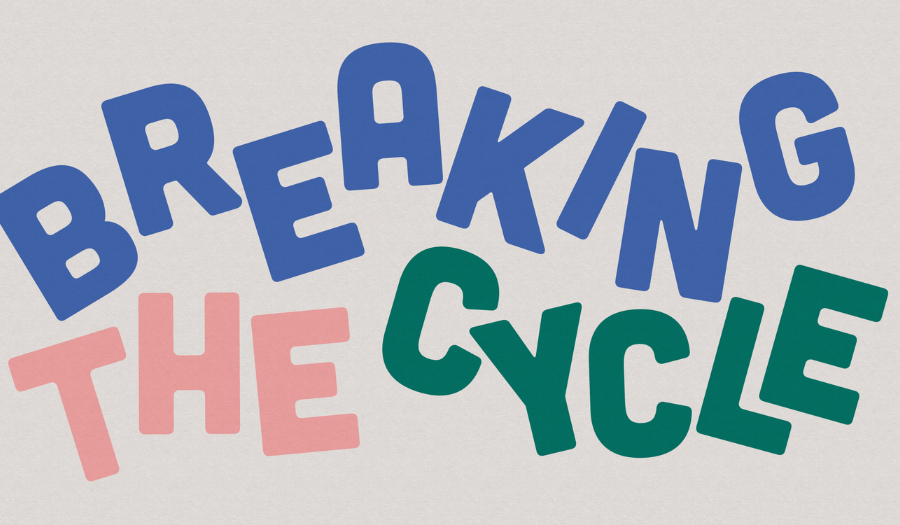America’s Child Care Crisis: Breaking the Cycle

Excerpt from Care.com
America’s Child Care Crisis: Breaking the Cycle
Brad Wilson, CEO Published on: October 17, 2023
The Economic Impact of Child Care
Child care is not just a service; it is an economic driver that promotes workforce participation. Access to affordable child care has a direct impact on labor participation because, without child care, parents can’t work. In fact, according to data from the Census Bureau, parents with children under five and not yet old enough to attend school are about twice as likely to miss work for child care reasons as people with older kids. And $3 billion in revenue is lost annually to businesses due to employee absenteeism as the result of child care breakdowns.
It’s also important to acknowledge how gender comes into play when discussing the child care crisis. Female labor force participation has been the biggest driver of GDP growth over the last 50 years. In other words, enabling women to work benefits us all. That’s why the Great Resignation was so troubling and why the return of women to work since the pandemic has been widely heralded. It is also why the child care cliff is so disturbing…and feels so familiar. Just as we saw during the pandemic, when child care is not available, many women are forced to leave their jobs. History could be about to repeat itself.
For those who think, “You chose to have children, it’s your problem,” or those who don’t have children and think none of this affects them, consider this: The child care crisis is more than an individual family issue. It’s a social issue, a business issue, and an economic issue. The bottom line is that a lack of adequate child care for infants and toddlers across the country is now estimated to cost the U.S. $122 billion annually in lost earnings, productivity, and revenue, according to research by ReadyNation.
Beyond the economic impact, strong child care promotes positive early childhood development. An economic analysis by economist James J. Heckman shows that high-quality care from birth to age five yields a return on public investments of 13 percent annually, including better outcomes in education, earnings, and health. Plus, knowing that their children are safe and taken care of eases parents’ stress and allows them to be more present with their children outside of work, strengthening bonds for the entire family.
Child Care Aware® of Missouri – Data & Analysis Services
Director, Data & Analysis 314-881-4657
Child Care Aware® of Missouri
michael@mochildcareaware.org

|
Data Literacy Certification Issued by |
Monetary Policy Certification Issued by |
Diversity in Data Certification Issued by |
Explore our other Child Care Aware® of Missouri resources:
FREE Clock Hour Training
Scholarships for Educators
Child Care Health and Wellness
Family Child Care Network
Leadership Development Opportunities
Missouri Office of Childhood Updates
Show Me Child Care Resources
Support Child Care Aware® of Missouri
Community Data
Join Our Team
Resources to Build Your Business
.png?width=666&height=414&name=Child%20Care%20Aware%20Logo%20(1).png)


.png?width=108&height=108&name=unnamed%20(2).png)
.png?width=108&height=108&name=unnamed%20(1).png)